Planning the Project Scope
Published: 2009-02-07
Last updated: 2022-03-20
Following the project planning process, we start with planning the project scope, and we do this in 2 steps.
Upon completion of the definition phase we have clear project goal(s), requirements, specifications, and a functional description of the desired project result.
Step 1 - Product Breakdown Structure PBS
In step 1, we create the breakdown structure of the desired project result, the so-called product breakdown structure or PBS. We ask the question: What is it exactly that we want to create, what is the project result or product, and how should it look like, what are its parts? The PBS is a structured overview over the product and its parts that have to be created by the project. For this we need similar expertise like for setting up the requirements and specifications.
Step 2 - Work Breakdown Structure WBS
In step 2, we extend the PBS into the work breakdown structure or WBS. We ask the question: What work has to be done in order to create that project result or product and its parts? The answer is a structured overview over all the work packages we have to carry out in order to create the product of the project. Following the principle "verb plus object", each individual work package consists at least of a detailed description of the desired result (the "object") and what we have to do in order to achieve it (the "verb"). In section Free Downloads, you find a template for work packages.
These are the results project scope planning has to produce: a PBS and a WBS.
What different approaches can we take?
Usually, it is clear - not easy, just clear - how we obtain the PBS, step 1. There is a set of requirements, specifications, and functional descriptions of the product or service the project has to create. Thus, we ask the experts in the relevant areas what solutions they suggest or have already prepared, and how they would structure that product or service into smaller parts or modules to get an overview. More generally, the PBS describes the object we want to create.
Example: Object = Personal Computer
Now we want to continue with step2 of planning the project scope, setting up the WBS. Leading question for this step is:
What work do we have to do in order to obtain
the object and sub-objects described in the PBS?
This question leads us to different results, depending on the structuring criteria or perspective from which we look at it.
(1) Project Scope: Object Oriented WBS
Looking at that question from the perspective of the PBS and taking the object and sub-objects the project has to create as basis, we obtain an object oriented WBS.
Example Personal Computer
We consider our organization's core competencies and decide:
- Which parts do we design and manufacture ourselves?
- What sub-objects do we buy off the shelf or need sub-suppliers to take over design and manufacturing?
Our core competency is designing and manufacturing CPU's for virtually any housing. One of our key account customers approached us if we could integrate a CPU into a standard office desk. We agreed and came up with the following object oriented WBS:
The blue colored elements represent resulting work packages from an object oriented perspective.
(2) Project Scope: Phase Oriented WBS
With our next approach, we take the perspective of the project management phases and obtain a phase oriented WBS.
Example Personal Computer
We transfer the work packages of the object oriented WBS, re-arrange them under the four phases, and realize that there are a few more activities we have to integrate into the following phase oriented WBS.
The blue colored elements we know already, the yellow ones represent additional work packages identified from a phase oriented perspective.
(3) Project Scope: Function Oriented WBS
Another approach could be to take the perspective of existing and relevant line functions in our organization, and we obtain a function oriented WBS.
Example Personal Computer
Again we transfer the work packages we already know, re-arrange them once more under the line functions of our choice, and find yet another few activities we now integrate into the following function oriented WBS.
The blue and yellow colored elements already being identified earlier, now the green ones represent additional work packages we find from the function oriented perspective.
The "Art" of Structuring the Project Scope
Consciously take different sets of criteria, i.e. perspectives or orientations, work out each one at a time, and finally, combine the results into one presentation. The result will be a mixed oriented WBS.
Criteria of a work breakdown structure (WBS):
Complete – make sure that we do not forget anything (what we forget here will not be part of further project planning, and thus, can cause time delays and additional costs).
Free of contradictions – check if the WBS contains any work packages with contradicting or inconsistent specifications or descriptions (of pre-conditions, expected results, etc.), and revise accordingly.
Free of redundancies – check if the WBS contains different work packages referring to the same work (in terms of pre-conditions, expected results, etc.), and revise accordingly.
Work packages on lowest level - clearly specifying responsibility, pre-conditions, expected results, necessary skill levels, special expertise, so that we have a reliable basis for estimation of effort and duration (minimum requirement: verb + object).
Remark
As described in sub-section Project Planning Software, we can use mind mapping software to assist creating the PBS and WBS. Some of these software packages support the feature that they can export a mind map into a format some software packages for project planning can read. However, we recommend carrying out planning the project scope as a team effort and double-check any software-supported WBS manually with common sense.
35+ templates, tools, and checklists in one set
To save you time in your daily work as a project manager, I packaged more than 35 project management templates, tools, and checklists into one zip file.
- You un-zip it, and you get all items in formats you can edit to your requirements.
- They strictly contain only standard functionality and no macros or other code.
- You are allowed to use your logo.
or click here for more info.
Traditional PM
Learning Path Navigation
|
|
|
Return to Project Planning
Return from Planning the Project Scope to Home Page
|
|
|
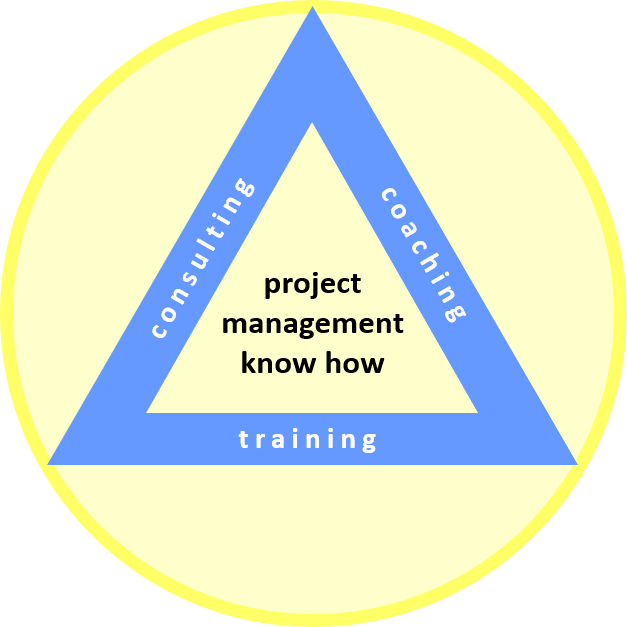

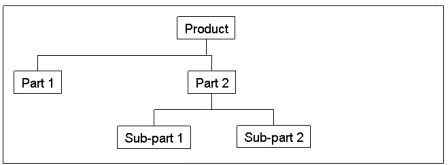
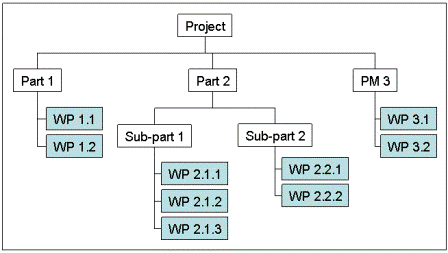
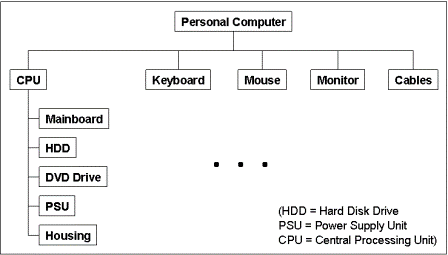
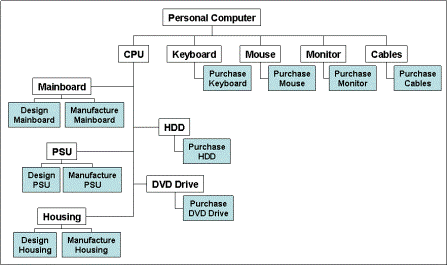
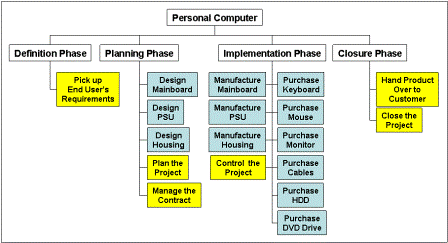
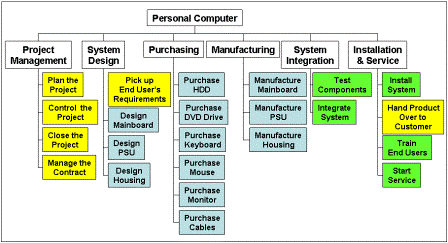

Your Comments
Have your say about what you just read! Leave me a comment in the box below.